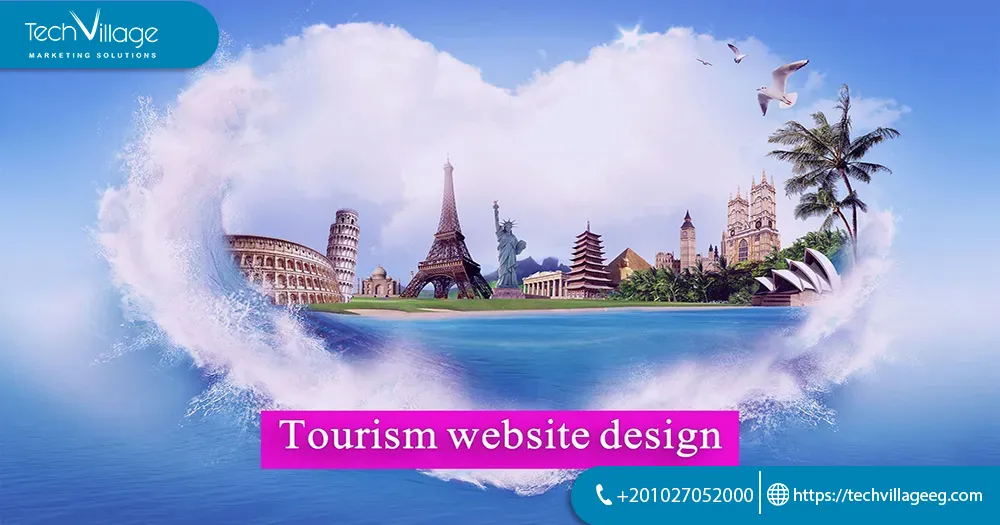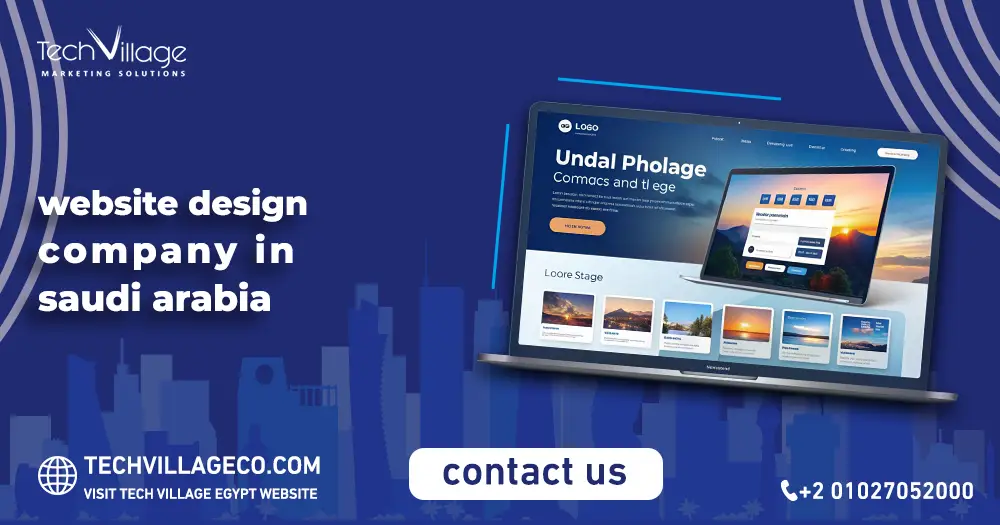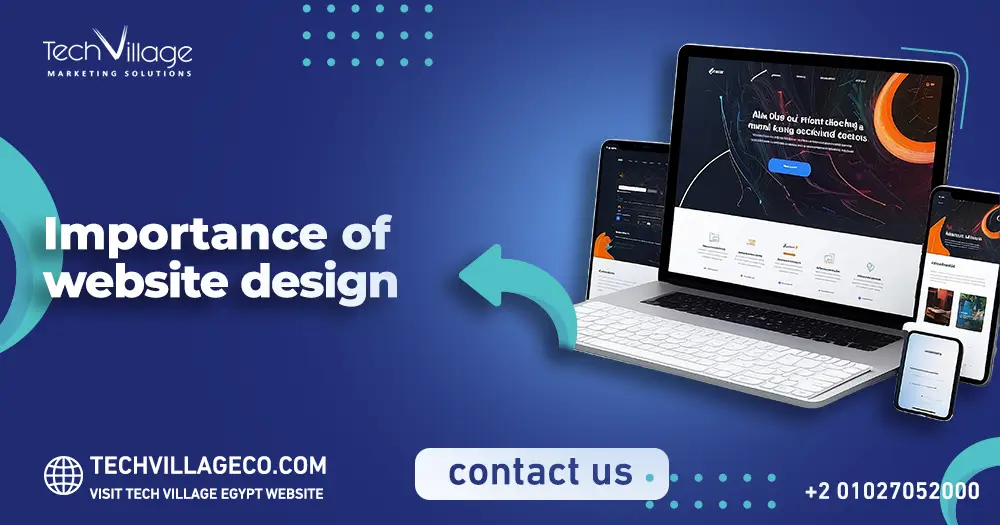Tourism websites rely on their designs, images, and vivid text to convert visitors into customers. but the overall Tourism website design and user experience of travel websites are usually the crucial factors for customers.
A well-designed website will enhance the trust of visitors and is directly related to the credibility of your website. People will only book vacations you sell if they trust your brand and website. Web design is usually a key factor.
Table of Contents
ToggleGained the trust of your customers
Research shows that nearly 94% of people don’t trust websites because of poor design.
Tourism website design comes in various shapes and sizes. It is understood that the needs of travel websites that promote cities or countries will be very different from those that sell cruise packages or provide hotel reservations.
The correct design elements of a travel website should be determined because it is highly dependent on commercial products and target audiences. Some key elements are usually related to travel websites, such as information about destinations (local attractions), high-quality photos, hotel recommendations, and necessary travel information, for example, maps, public transportation information, and guides, besides tips related to local language, culture, and labels, destination summary, and lists of all tourist attractions that are popular. Almost all successful Tourism websites have some or all of the following design elements.
Elements of a successful tourist site design
1-make your Logo
In addition to these elements, we have also identified some intangible factors that any travel website must-have. So, let’s take a look at the key elements of designing a first-class travel website.
This is by far the most important indicator, indicating that this is your website and this is your brand.
The logo should appear on every page of your Tourism website design to remind visitors where they are. Use the new Agent Studio control panel to easily add your logo to your Agent Studio website. Your logo will be displayed on every page of your website.
2- Match your color with your brand
Now that you have displayed your logo, please make sure that your theme does not conflict with it. This is a trivial matter that can distinguish whether your website is professional or unprofessional. Find the right color for your website in the “look and feel” section of the new Agent Studio control panel so that it is so Important in Tourism website design
3- An image must be added
A picture is really worth a thousand words. If you show photos of the good times your customers spent on a vacation or in the resorts you have discounts for, they will be much better than describing these places in words.
An equal combination of description and image (no one is more than the other) will be louder and make it understandable. A slide show is a creative way to display customer images. Use Agent Studio’s new dashboard to create a great homepage slideshow.
4- Responsive design
In today’s world of multiple connected devices, clients are spending more and more time on their smartphones, and mobile devices are playing an increasingly important role in the travel package booking process.
Most travellers use smartphones and tablets to browse destinations and compare various travel packages. It’s not uncommon to encounter travel brands without responsive websites, which means a lot of navigation on mobile devices. If you don’t have a responsive Tourism website design, you cannot provide the same information in a beautiful way on multiple devices and risk losing customers to competitors.
5-Test your Tourism website design with friends and family
After doing some reviews of your site, find a friend and ask him to review it. Give him a task (such as completing a reservation) and watch.
Stop commenting, but look at where he is stuck, where he clicked, and how easy it is for him to browse your website. Chances are, if your friends have trouble completing their goals, your customers will also have trouble.
6-Do inspiration
Finding the best website design will give you a better understanding of what the current trends are and how to use them for your own website. Copying directly is a bad idea, but coming up with a general idea for your website (such as adding a slide or updating a footer) is a good way to stand out. The best news is that Agent Studio has a new website design! These designs lay a solid foundation for you to create the website you deserve. The Agent Studio website is also equipped with a brand-new intuitive control panel, making it easier for you to build your Tourism website design.
7- Use a content management system (CMS)
No modern travel brand can maintain an online presence system without using some forms of content management. For many reasons, it is better to use an open-source content management system (CMS) such as WordPress to build your Tourism website design. The content management system allows you to better control all aspects of the website. You can edit or modify any page, article, or post on the website without the help of the website designer.
The content management system also allows you to easily integrate visual and graphical content, such as photos and videos, without coding.
CMS like WordPress also has an extensive library of free and paid plugins that can automate any task you want. That can support your Tourism website design.
8- High-resolution photos and videos
Travel brands for a long time the power of high-quality imagery, which allows travellers to see their experience when booking a tour or visiting a destination. In the age of modern technology, most travel companies use high-quality and attractive images in their marketing manuals.
Modern technology has opened up new avenues for travel brands because it is now possible to combine images with video. Soon, with the help of new technologies such as virtual reality and augmented reality, potential travelers will be able to experience their destinations virtually before starting their journey.
High-resolution images and videos are an important part of any Tourism website design because they provide a taste of the experience and are usually the main selling point of any tour group.

 AR
AR



